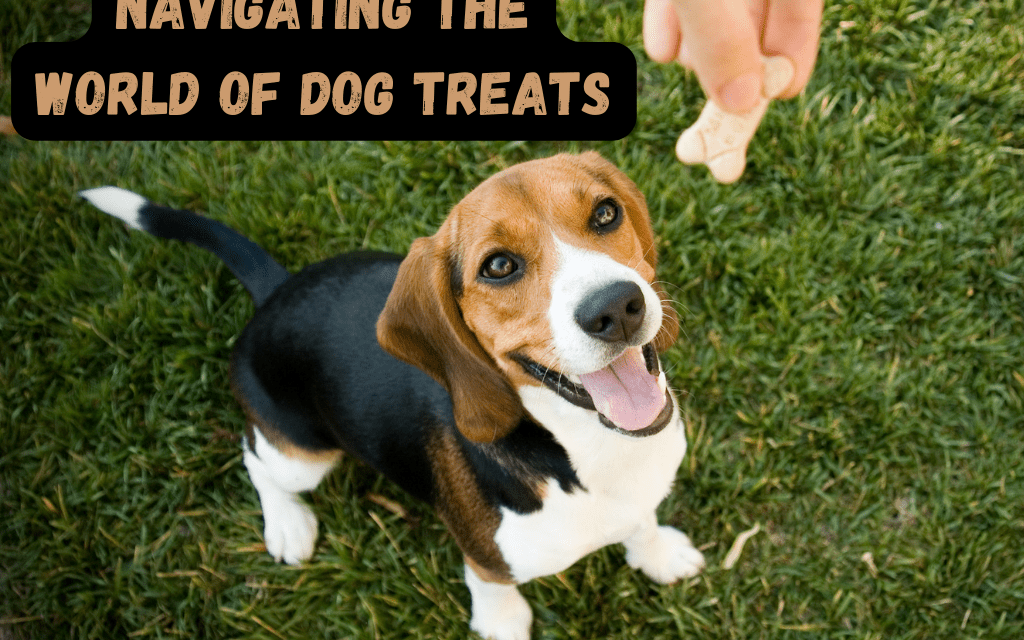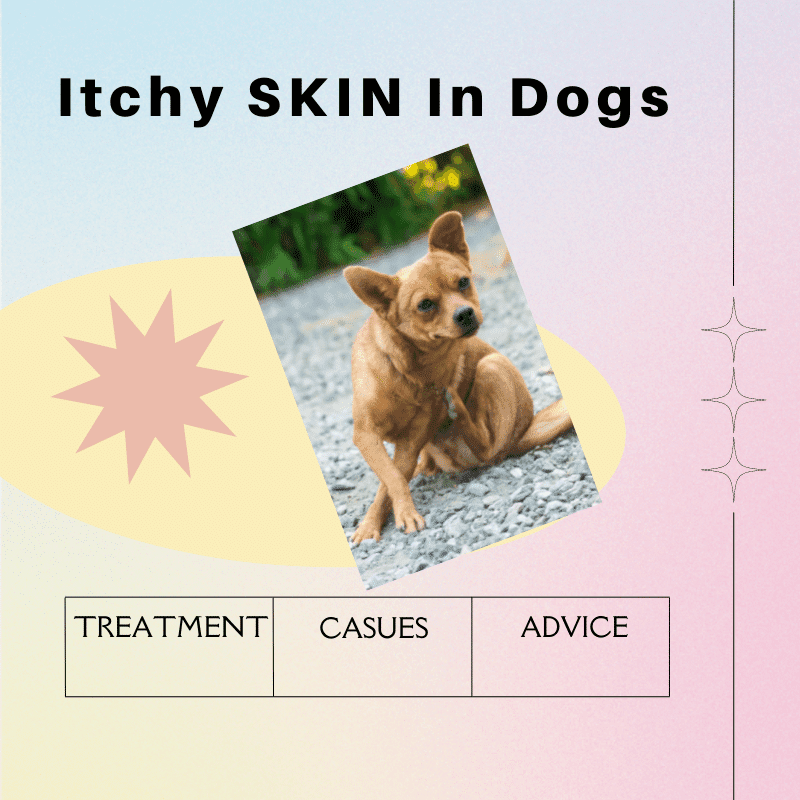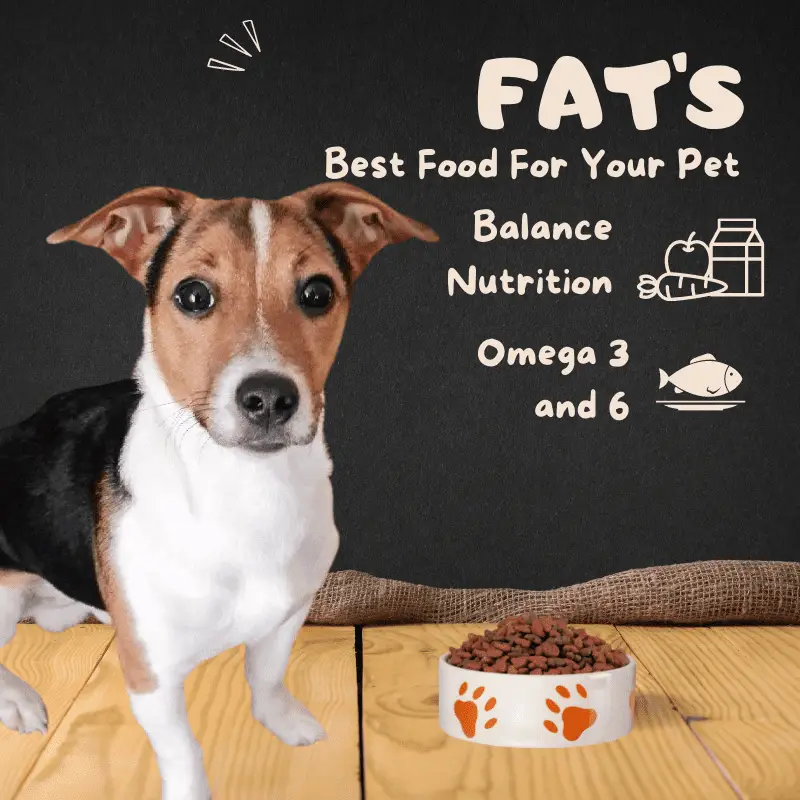We should demand only the finest offerings on the market for our pet dogs’ treats. Finding appropriate treats may seem challenging with so many choices, but that shouldn’t stop us!
Not all treats are created equal; sadly, some pose potential health risks to our pups. Understanding which ones to look out for is crucial to ensure we give our dogs healthy and nutritious treats.
This article will discuss healthy treats and the ingredients to avoid. I will also compare two popular dog treat brands so you can make informed choices and provide your furry pal with tasty yet health-beneficial snacks to improve their health.
What To Look for When Selecting Healthy Dog Treats:
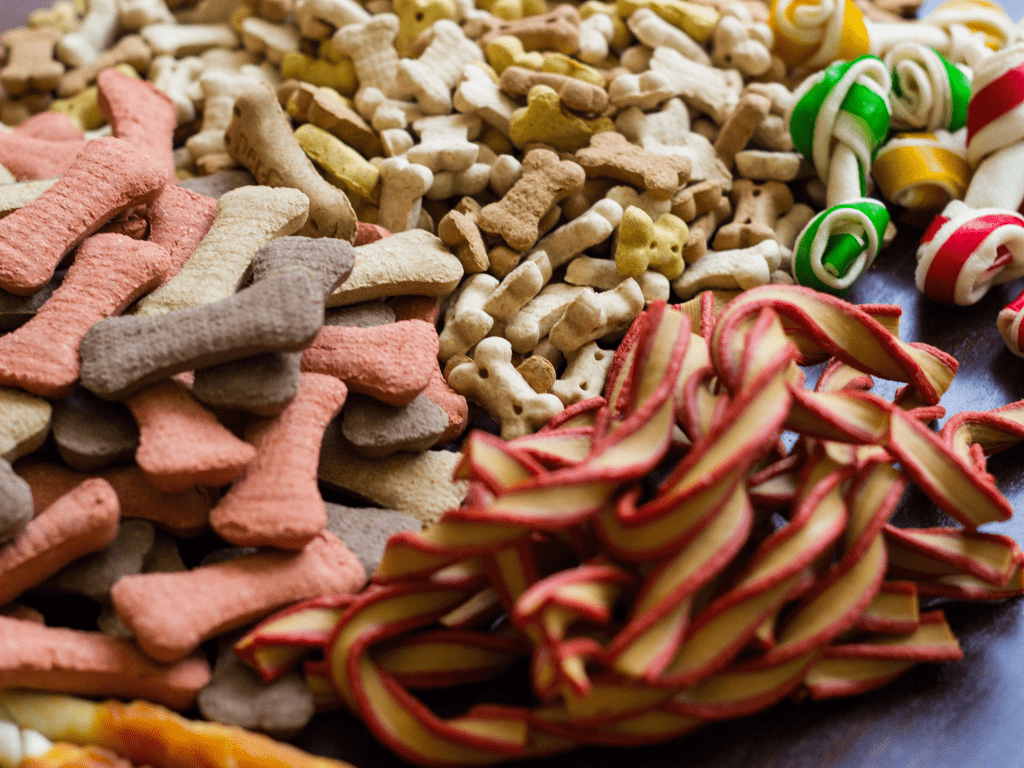
Quality Ingredients: Look for treats with quality ingredients such as meat, fruit, and veggies. Look for delicious treats made of natural and real food ingredients rather than fillers, artificial preservatives, flavours, or colours.
Choose Treats with Few Ingredients: To quickly identify potential allergens or food sensitivities in your dog, look for treats made up of a few ingredients and ones you can pronounce. This makes it simpler to determine allergens or food sensitivities quickly.
Real Meat or Protein Sources: Dogs are predominantly carnivorous creatures; therefore, it’s wise to choose treats with real meat as their primary component and no additional unnamed protein sources such as by-products or substitutes as main ingredients.
Nutritional Value of Treats: Consider the nutritional value of treats when purchasing them for your pet. We are all guilty of giving a few too many treats; I certainly am! Look for treats low in fat and calories while providing essential nutrition to support your dog’s health.
Avoid Artificial Additives: Avoid treats containing artificial additives such as flavours, colours and preservatives, as these could pose risks to your pup’s health and cause unwanted behaviour. It’s much like a child’s behaviour when given too much sugar.
Size and Texture: Select treats of an appropriate size and texture for your pet’s size and needs; smaller treats are great for training, while larger rewards could serve as occasional treats and could keep them entertained for a while.
Made-in-Trusted Facilities: When selecting treats for your pets, ensure they come from reliable facilities, prioritising quality control and safety measures. Look for brands which adhere to internationally recognised food safety standards.
Allergen-Free: If your dog suffers from allergies or sensitivities, read the ingredient list carefully to verify whether there are no potential allergens; wheat, soya beans, corn and dairy are common allergens for dogs.
Taste and Palatability: Remember your dog’s preferences when selecting treats to reward or encourage positive reinforcement during training or reward sessions. Some dogs like soft, chewy treats, while others prefer crunchy ones. Pick ones they find tasty to ensure positive reinforcement for training purposes or reward sessions. Storing dog treats in air-tight containers is vital to keep their taste.
Vet Recommendations: Talk with your vet for individual recommendations tailored to your dog and their needs and dietary restrictions. They may suggest certain brands or treats suited for your pup’s age, breed, weight or health condition.
Treats should only be fed occasionally as excessive consumption could lead to weight gain or digestive issues in dogs. Therefore, treats must match their overall diet needs by providing essential nourishment in addition to treats.
Some ingredients commonly found in dog treats can harm your furry friend’s health. Here is a list of ingredients to avoid.
| Ingredients to Avoid in Dog Treats | |
|---|---|
| Artificial preservatives (BHA, BHT, ethoxyquin) | Note: Linked to various health issues in dogs. |
| Artificial colours (Red 40, Yellow 5, Blue 2) | Note: It can cause allergies and other health problems. |
| Artificial flavours | Note: It may contain chemicals and additives harmful to dogs. |
| Added sugars (corn syrup, sucrose) | Note: Contributes to obesity, dental issues, and diabetes. |
| By-products | Note: Low-quality ingredients from unspecified sources. |
| Fillers (corn, cereal, wheat, soy) | Note: Offer little nutritional value and potential allergens. |
| Artificial sweeteners (xylitol) | Note: Xylitol is toxic to dogs. |
| Propylene glycol | Note: Associated with toxicity in dogs. |
| Sodium nitrate/nitrite | Note: It can be harmful in large amounts. |
| Heavy metals (arsenic, lead, mercury) | Note: Some treats may be contaminated and toxic over time. |
Decoding Dog Food Labels and a Comparison
Choosing between different dog treats can often be confusing; with so many brands and varieties on offer and so much great packaging on the front, however, the key to understanding which ingredients may affect our furry companion’s wellbeing is essential.
Below, I will compare and assess two pet treat brands to identify a more nutritious choice for our beloved canines.
By carefully considering ingredients and nutritional benefits, we can make an informed choice and ensure our furry companions receive treats which contribute positively to their wellbeing.
Let’s see which brand examples are healthy for our furry family members.
A) Popular Dog Treat Brand Ingredient List
Cereals, Derivatives of Vegetable Origin, Minerals (including Sodium Tripolyphosphate 2.3%), Meat and Animal Derivatives, Oils and Fats, Chicken Flavour: 19.4 mg.
- Cereals – Cereals, the cheap fillers that offer little to no nutritional value, occupy the first position on the ingredient list, which means there is a significant presence in the product.
- Derivatives of Vegetable Origin – This means an unknown plant-based ingredient, such as fruits, vegetables, grains, and other plant-based sources of nutrition, has been added. I like to know precisely what plant-based ingredient is in the treat.
- Sodium Tripolyphosphate – This is a salt used for preserving dog treats. I prefer a fresh approach when choosing treats for my dogs. 2.3% refers to the amount of Sodium Tripolyphosphate present in the overall formulation of the dog treats.
- Meat and Animal Derivatives – The term “animal derivatives” is vague. It can be of any animal and any part. It may also be better quality than the meat named, i.e., chicken or beef.
- Oils and Fats – The dog treats contain oils and fats of questionable quality, sourced from various unidentified sources without any specifically named ingredients. This lack of transparency regarding the quality raises concerns about the potential healthiness of these treats for your canine companion.
- Chicken flavour: 19.4 mg – This treat needs flavouring as there is no good quality meat.
B) Not So Popular Dog Treat Brand Ingredient List
Lamb Meal (30%), Sweet Potato (24%), Pea Flour (20%), Vegetable Glycerine (15%), Cold Pressed Rapeseed Oil (7.5%), Dried Parsley (1%), Dried Mint (1%), Yucca Extract (0.1%)
- Lamb Meal – Lamb meal is a highly high-quality source of proteins derived by dehydrating lamb meat until its moisture has been extracted, providing essential amino acids, vitamins, and minerals necessary for a dog’s health. It may even aid dogs suffering from food sensitivities or allergies!
- Sweet potatoes provide abundant energy, fibre, vitamins, and minerals for canines. In contrast, pea flour provides alternate protein and fibre sources that could benefit those dogs suffering from grain sensitivities or allergies.
- Vegetable glycerine serves as a sweetener and humectant, a substance used to retain moisture or prevent drying, increasing palatability while providing carbohydrates and calories to dogs.
- Cold-pressed rapeseed oil provides essential fatty acids, antioxidants, vitamins, and other key vitamins and nutrients necessary for overall canine wellness.
- Dried parsley and mint have long been used as delicious flavour enhancers with potential health benefits like freshening breath and supporting digestion.
- Yucca extract offers anti-inflammatory benefits and helps with digestive processes by potentially decreasing stool odour and improving nutrient absorption.
Decoding Dog Food A & B Labels: The Healthiest Choice Unveiled
WINNER: Dog treat brand B is better than dog treat brand A. Here’s why:
Dog Treat Brand B offers only high-grade materials such as lamb meal, sweet potato, and pea flour in its treat mix, showing its commitment to using only quality components in making its treats and being transparent about what goes into creating them.
Lamb meal provides abundant essential amino acids, vitamins, and minerals.
Brand B is proud to use high-quality ingredients with identified sources for proteins, carbs and essential supplements that offer healthful properties.
Dog Treat Brand B is an excellent alternative, given its ingredients’ transparency and nutritional value, compared to Brand A, which contains fillers, preservatives, and unknown animal-derived derivatives.
Benefits of Homemade Dog Treats
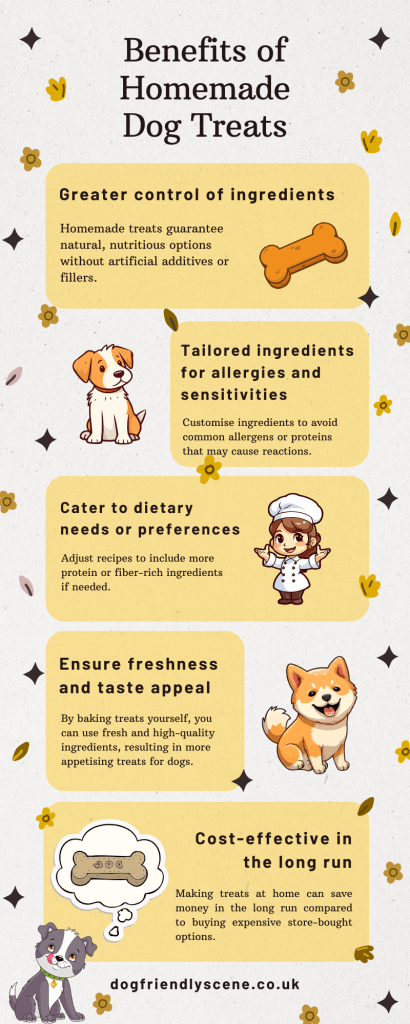
Homemade dog treats give you greater control over their ingredients, guaranteeing natural, nutritious treats without artificial additives, preservatives, or fillers in store-bought varieties.
Homemade treats can tailor ingredients specifically tailored for each dog’s specific food allergies or sensitivities, including wheat, corn and soy allergens as well as proteins, which could cause reactions in them.
Homemade treats allow you to cater to your dog’s dietary needs or preferences, such as more protein or fibre-rich ingredients if needed.
Home-baked treats allow you to ensure they’re made fresh without using outdated or inferior ingredients – this ensures they taste more appealing for both dogs and owners.
Making treats yourself may prove more cost-effective over time if you typically buy expensive store-bought treats; by purchasing ingredients in bulk and using pantry staples as pantry staples, you can save money while giving your pup nutritious snacks!
My Top Healthy Dog Treat Recipes
Peanut Butter Banana Treats
Combine one ripe banana and 1/2 cup of peanut butter until well mixed; stir in 1 cup of rolled oats before shaping them into small balls for baking at 350degF for 15-20 minutes.
Sweet Potato Chews
Slice sweet potatoes thinly into strips and bake at 250 degrees Fahrenheit for 2-3 hours to become crunchy, allowing them to cool before refrigerating and serving.
Carrot and Apple Bites
Grate carrots and apples before mixing them with 1 cup of flour and one egg to form the dough-rollout mix for cutting into bite-sized pieces and baking at 350 degrees F for 15-20 minutes.
Blueberry and Yogurt Drops
Combine 1 cup of plain yoghurt with 1/2 cup of fresh blueberries in a food processor before dropping spoonfuls onto a parchment-lined baking sheet and freezing for at least 2-3 hours until serving.
Treats as Training Aids and Rewards for Dogs
Doggy treats are essential tools in training and rewarding dogs. Each time you give out treats, be sure to ask your pup to act – whether sitting still, offering its paw or following another command – which helps build mutual respect between owner and dog alike.

Here are more reasons why treats should only be seen as positive:
Motivation: Treats can be very motivating rewards for dogs. Canines tend to respond well to food rewards during training, and giving treats as rewards will only heighten focus, engagement, and willingness.
Positive Reinforcement: Treats serve as an effective form of positive reinforcement that reinforces desirable behaviour among dogs. By rewarding canines, after they perform desired actions, treats allow the canine to associate such behaviour with positive consequences – leading to more frequent repetition and repeat performances of desired acts.
Bonding: Reward-based training creates an invaluable bonding opportunity between you and your pup while making training sessions enjoyable! Treats make each training session rewarding while building trust!
Distraction and redirection: Treats make great distractions or redirectors when faced with triggers that could result in fearful or aggressive responses in our dogs, diverting their focus from something undesirable and keeping peace between parties involved. Offering treats as a distraction can keep a pup calm when exposed to stressors that cause anxiety or aggression within their pack.
Timing Is Key When Dishing Out the Treats
Quickly delivering treats is vital for your pup to understand why they’re rewarded for certain behaviours. Dogs are brilliant problem solvers, so getting treats to them quickly makes their behaviour more memorable. I’m confident my dog frequently wakes up thinking about food or how to earn some delightful goodies!
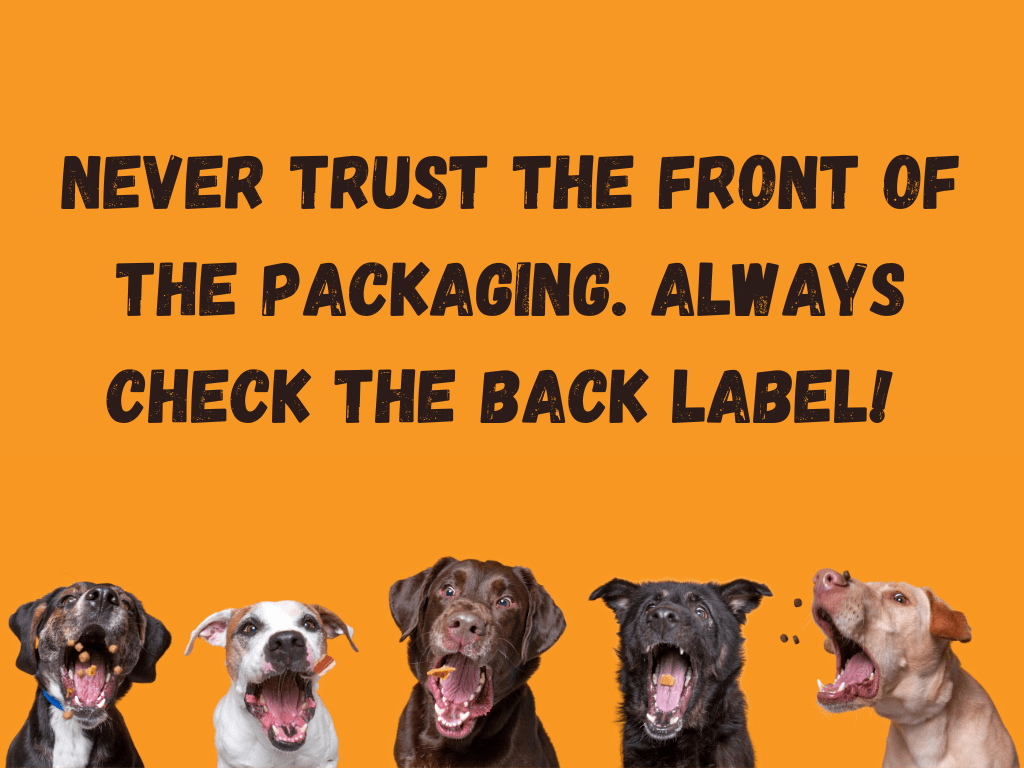
Final thoughts
Selecting healthy pet treats involves carefully considering ingredients of high quality while excluding harmful additives and assuring nutritional value. Reading food labels and comparing brands is an easy way to identify nutritious treats; homemade options allow more control of ingredients while being tailored specifically for each dog’s dietary requirements and training rewards; these treats may even serve to reward and train! By prioritising the health and wellbeing of your furry pal, tasty yet nutritive treats can be provided!

